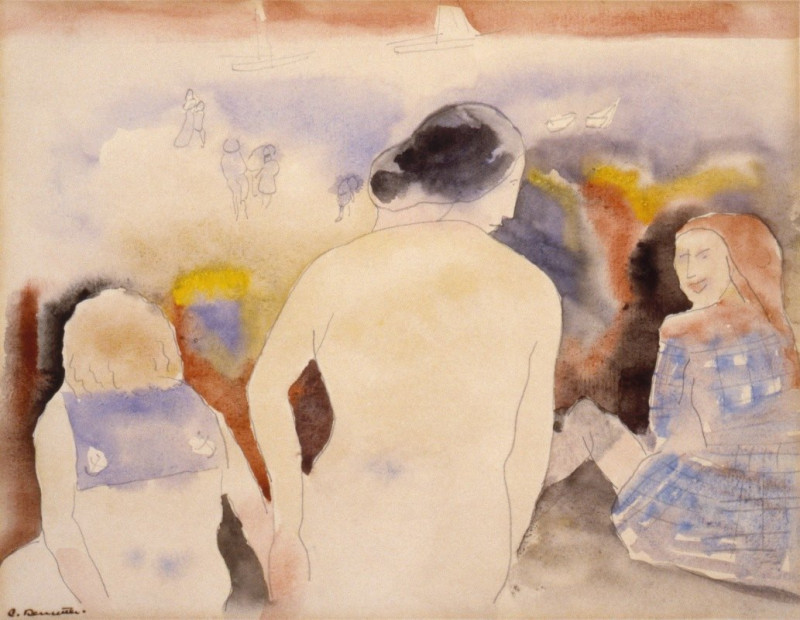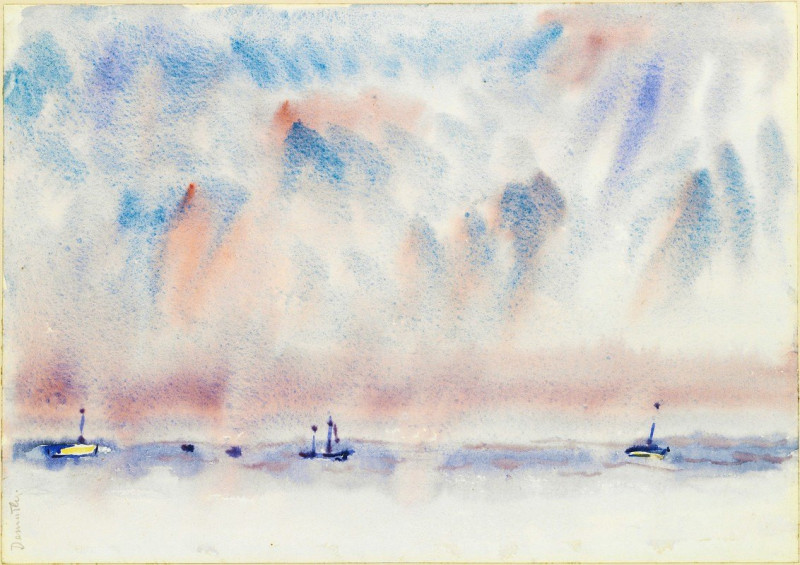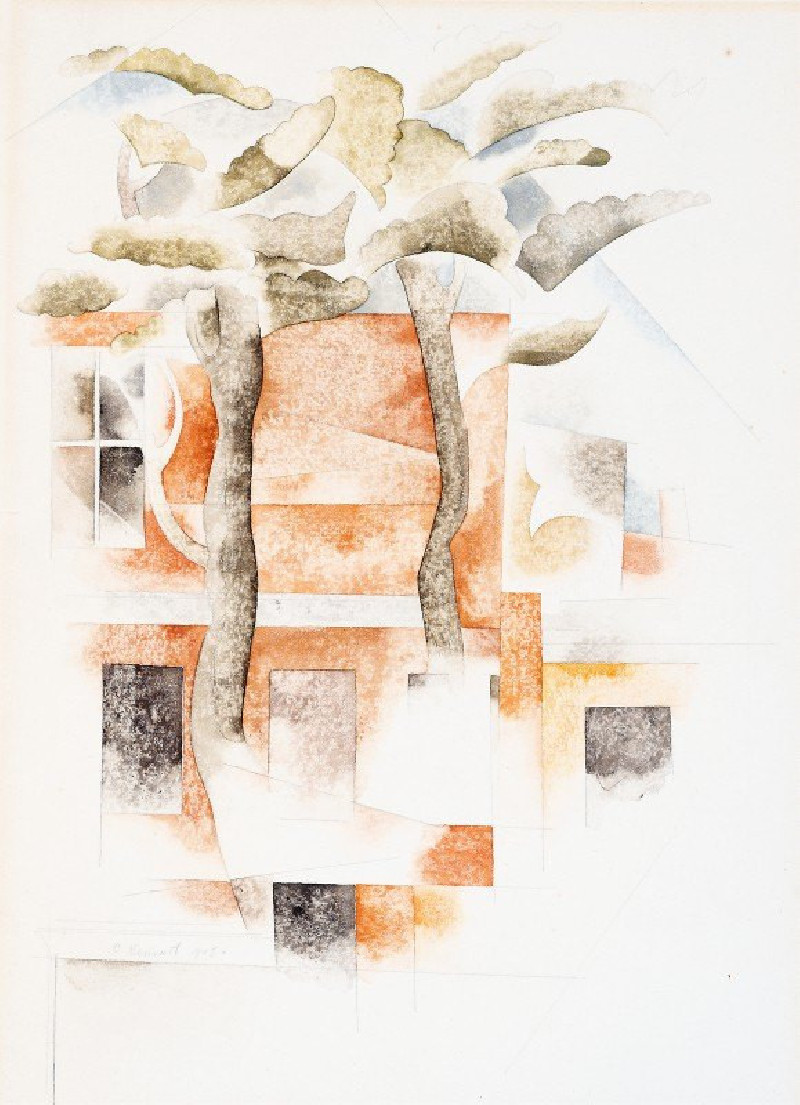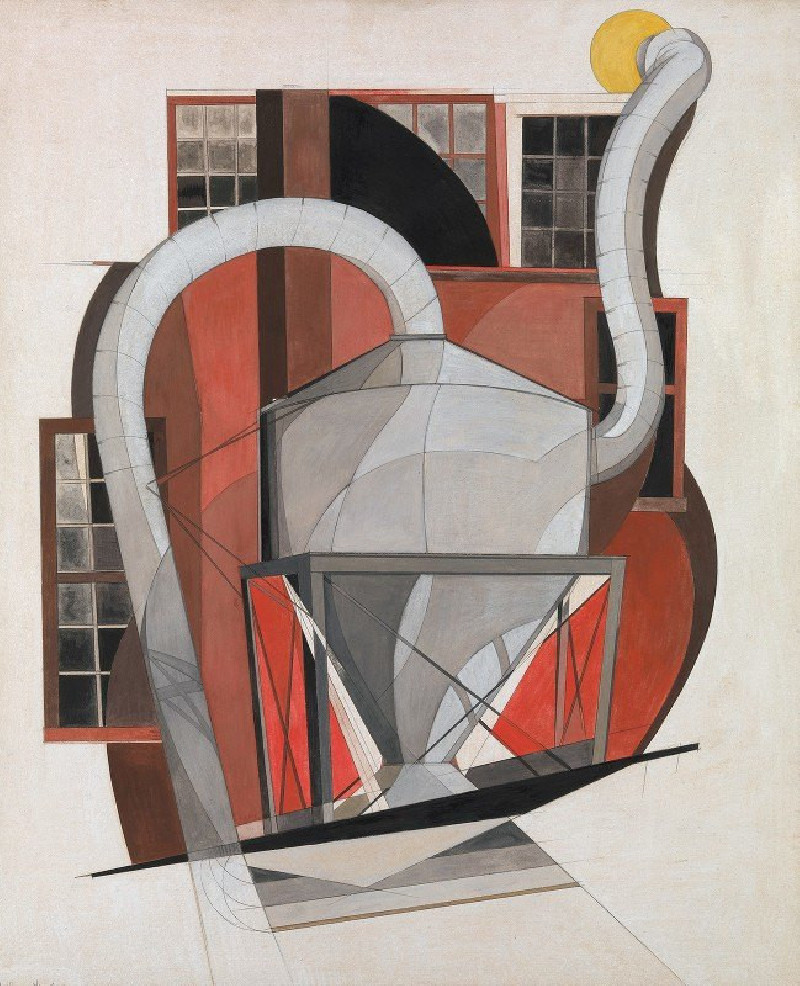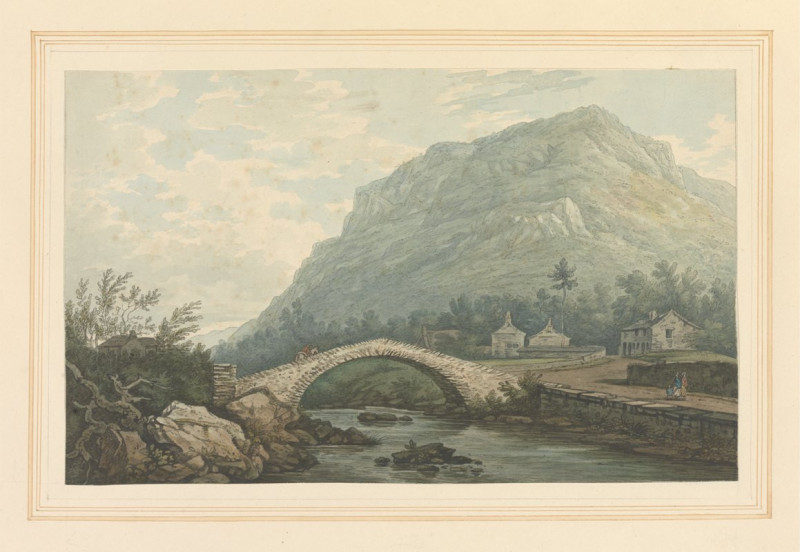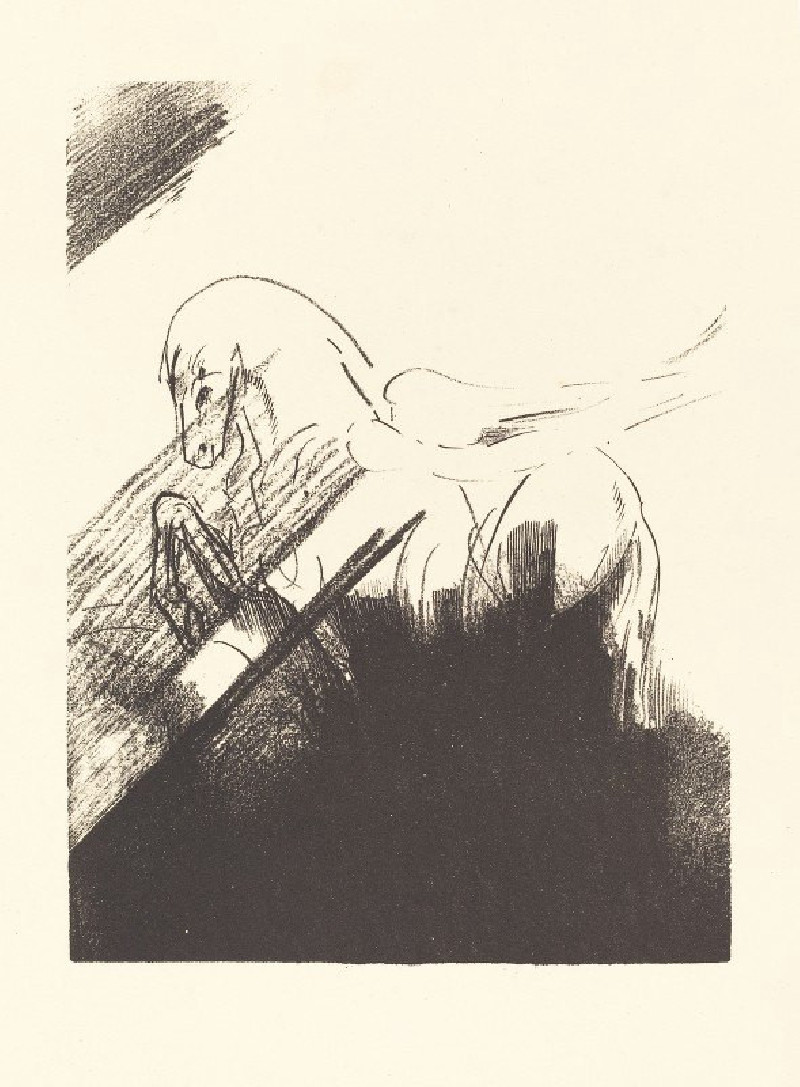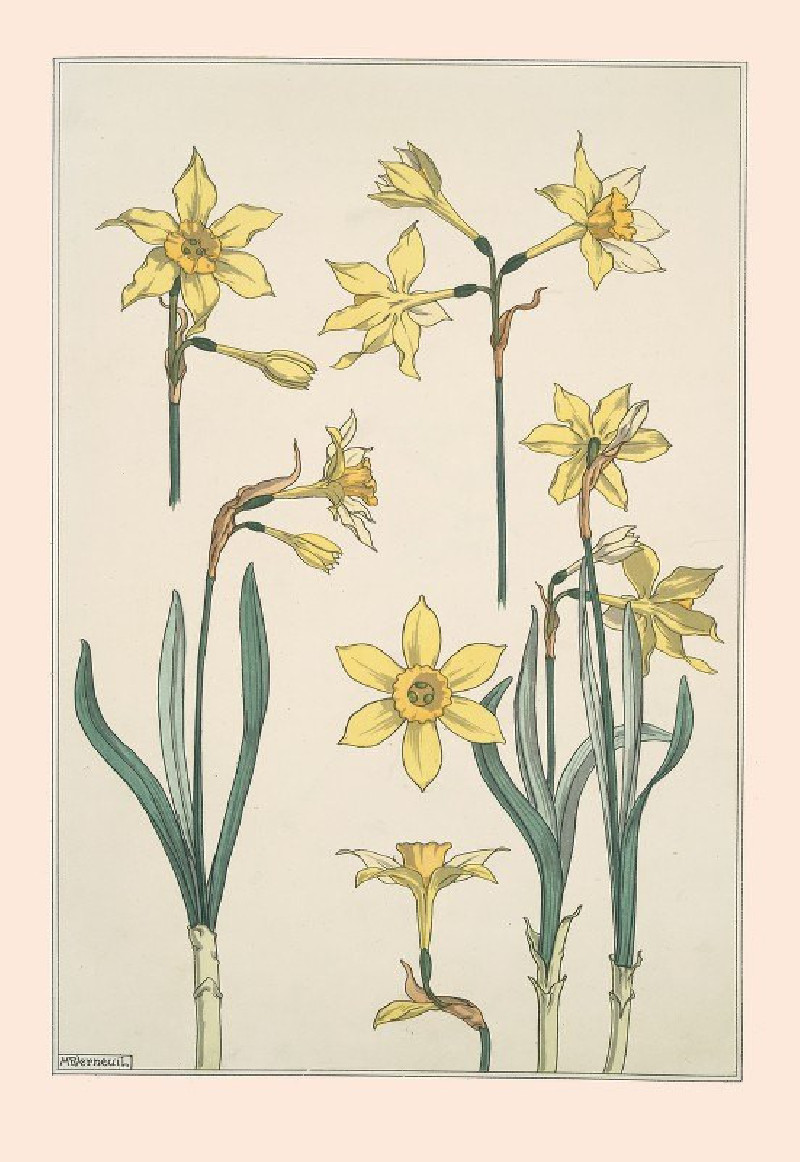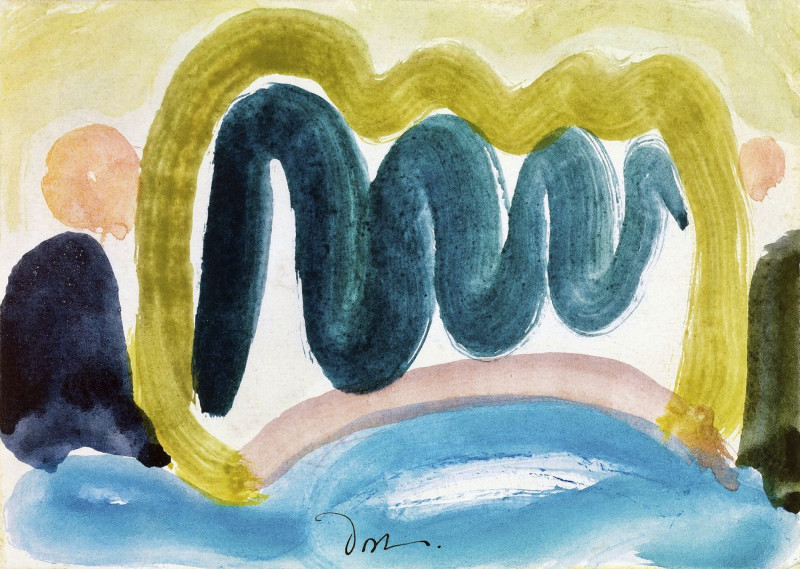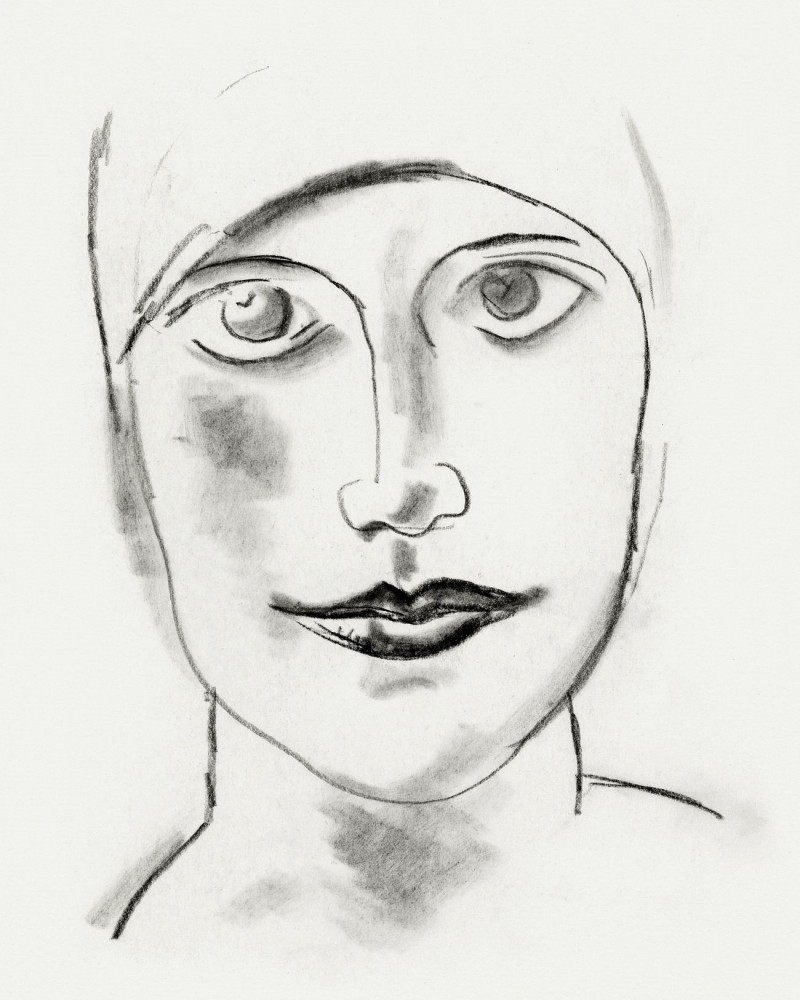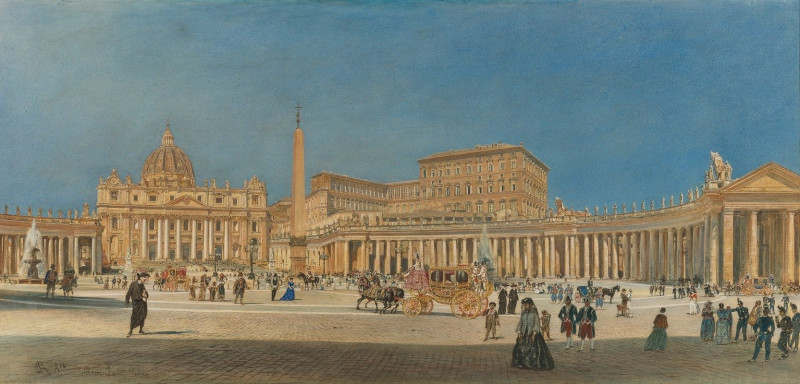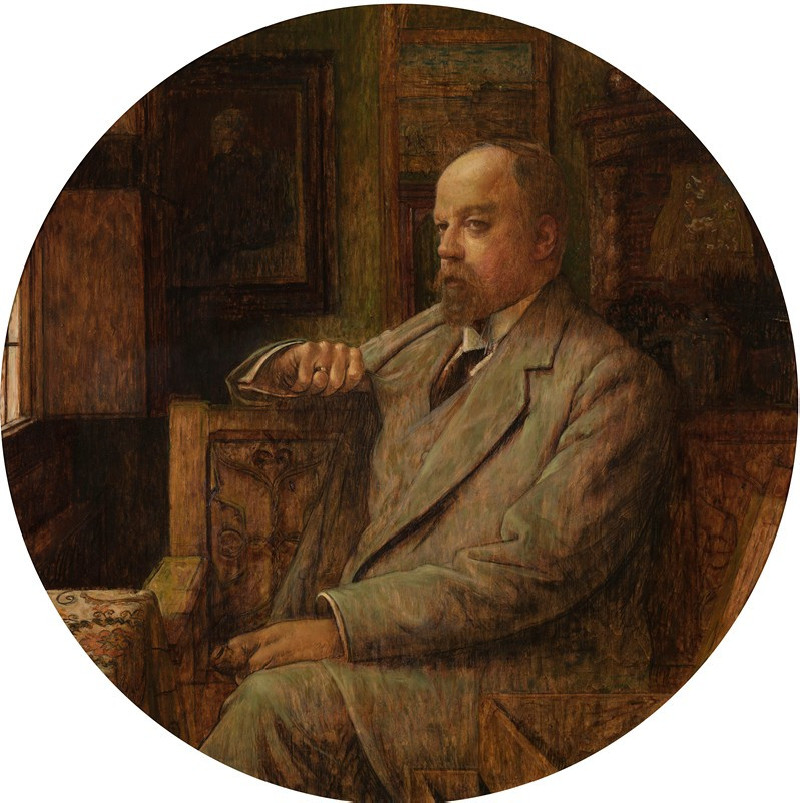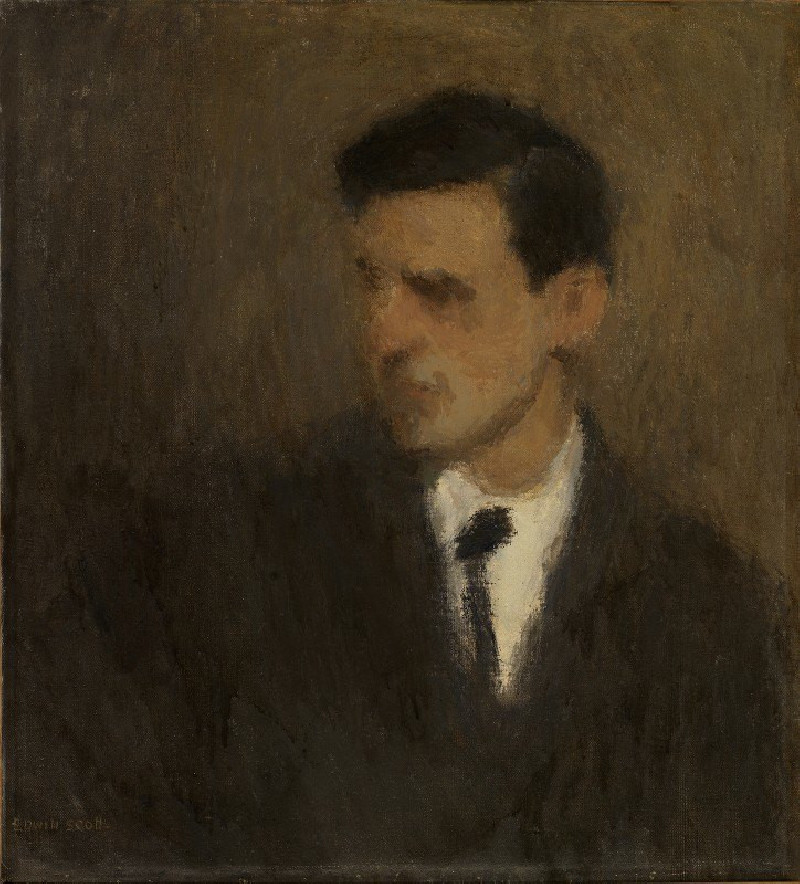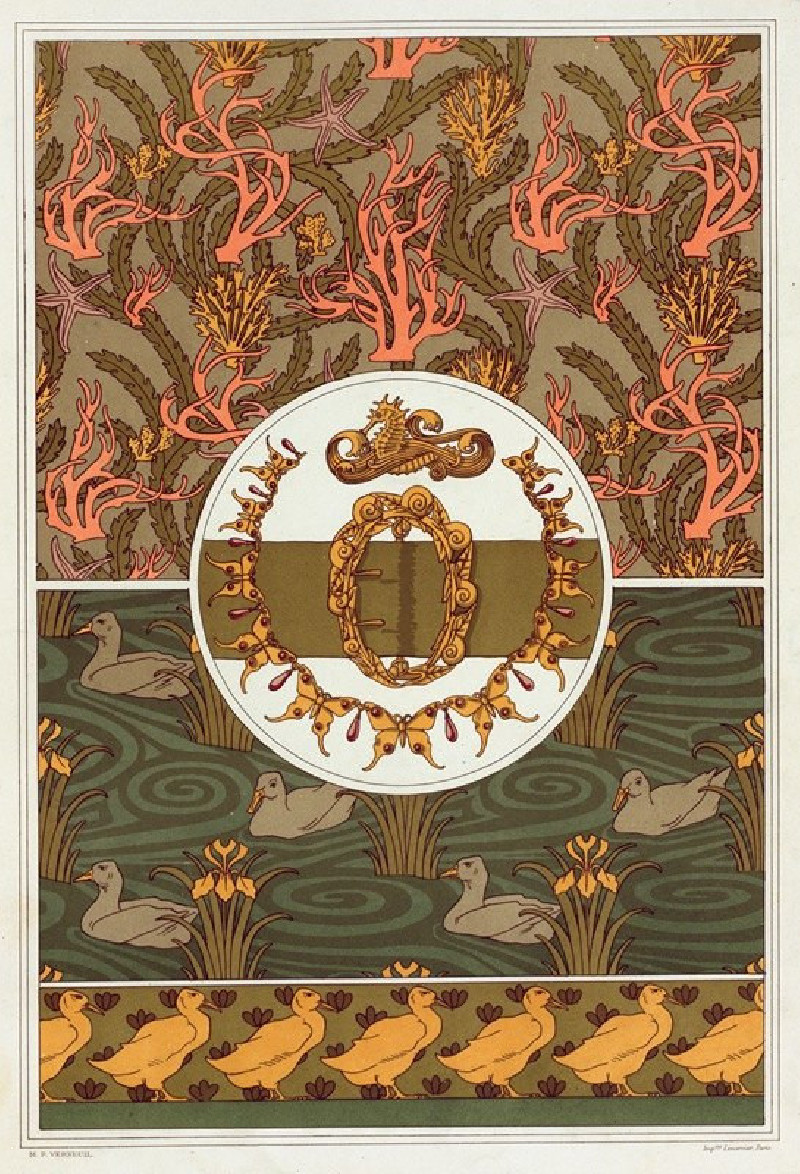Machinery
More about this artwork
Delivery
Returns
Charles Demuth (1883-1935) was one of the leading artists during the American Modernism era. He was distinguished for intimate watercolors and cubic architectural paintings. Demuth studied art at Académie Julian in Paris, where he was welcomed into the avant-garde art scene and met other American Cubism artists like Marsden Hartley. His watercolor figures have a weightless and surrealistic character with a sensitive linear style, in which he illustrated plays and novels such as Émile Zola's Nana. He also depicted an evolving gay scene of encounters at bath houses through watercolors for his close friends, like the "Turkish Bath", works that now are of great historical significance. Demuth later employed a cubist technique by painting industrial factories with complex structural planes, leading him to becoming a pioneer for the precisionist movement.


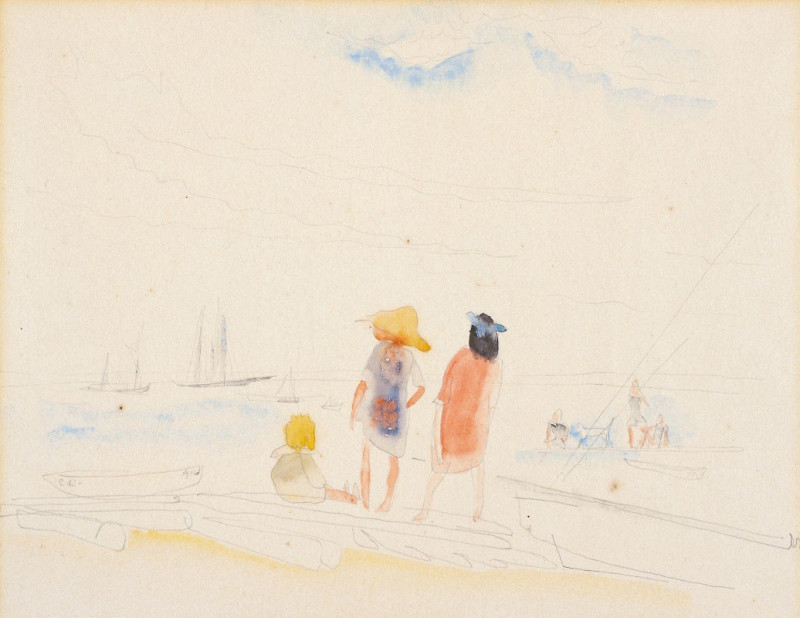
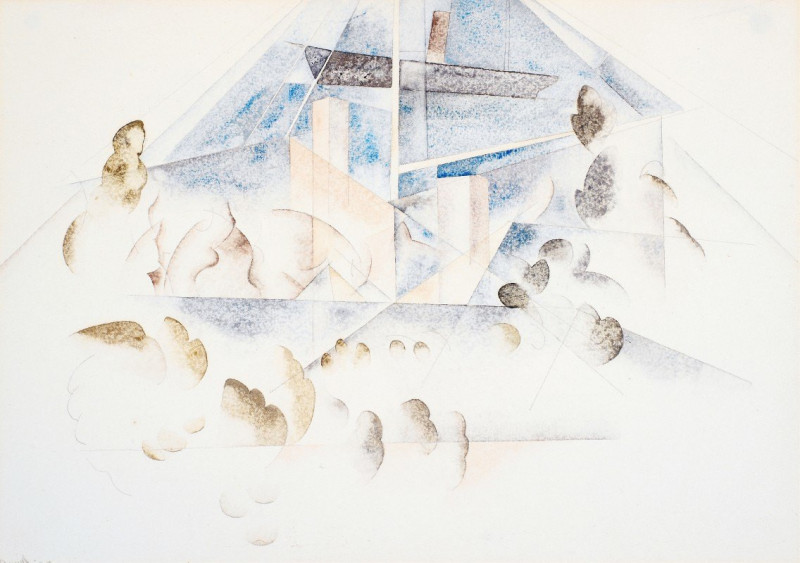
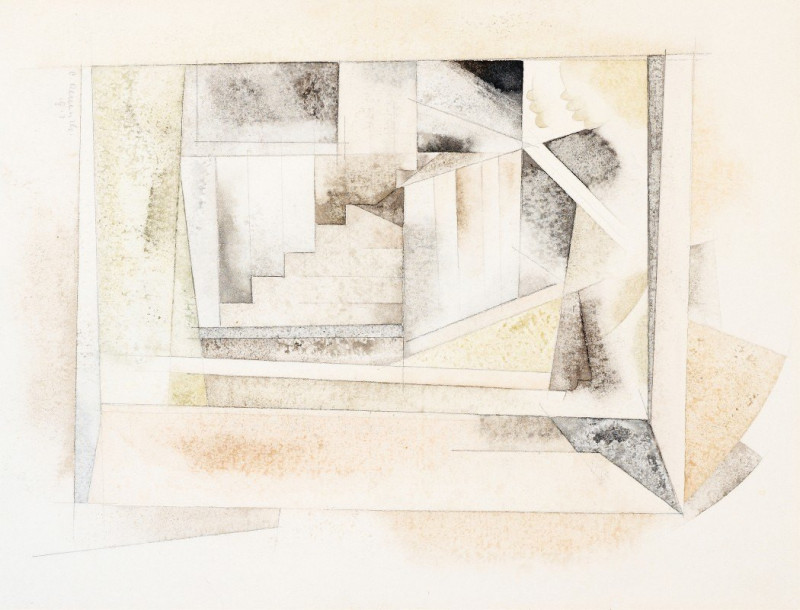

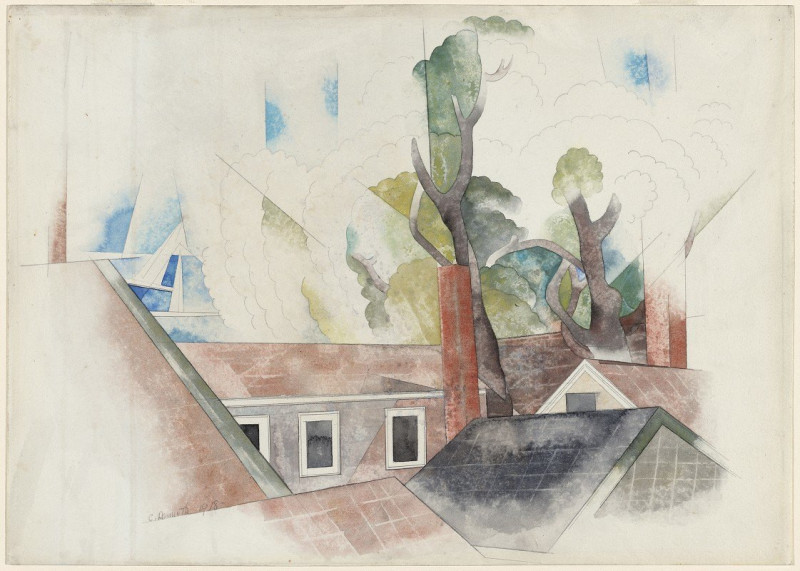
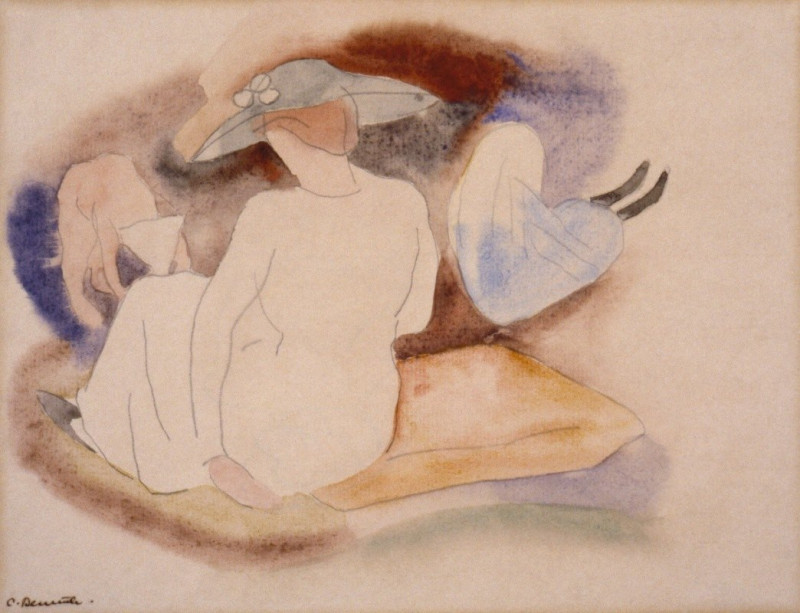


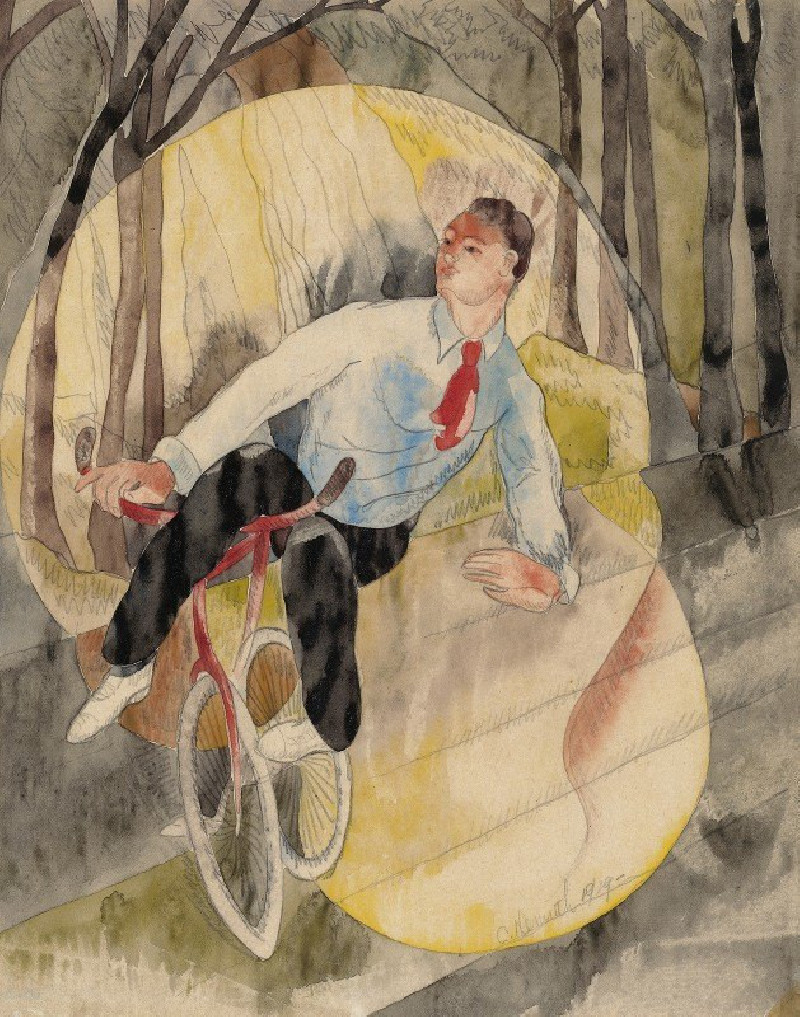
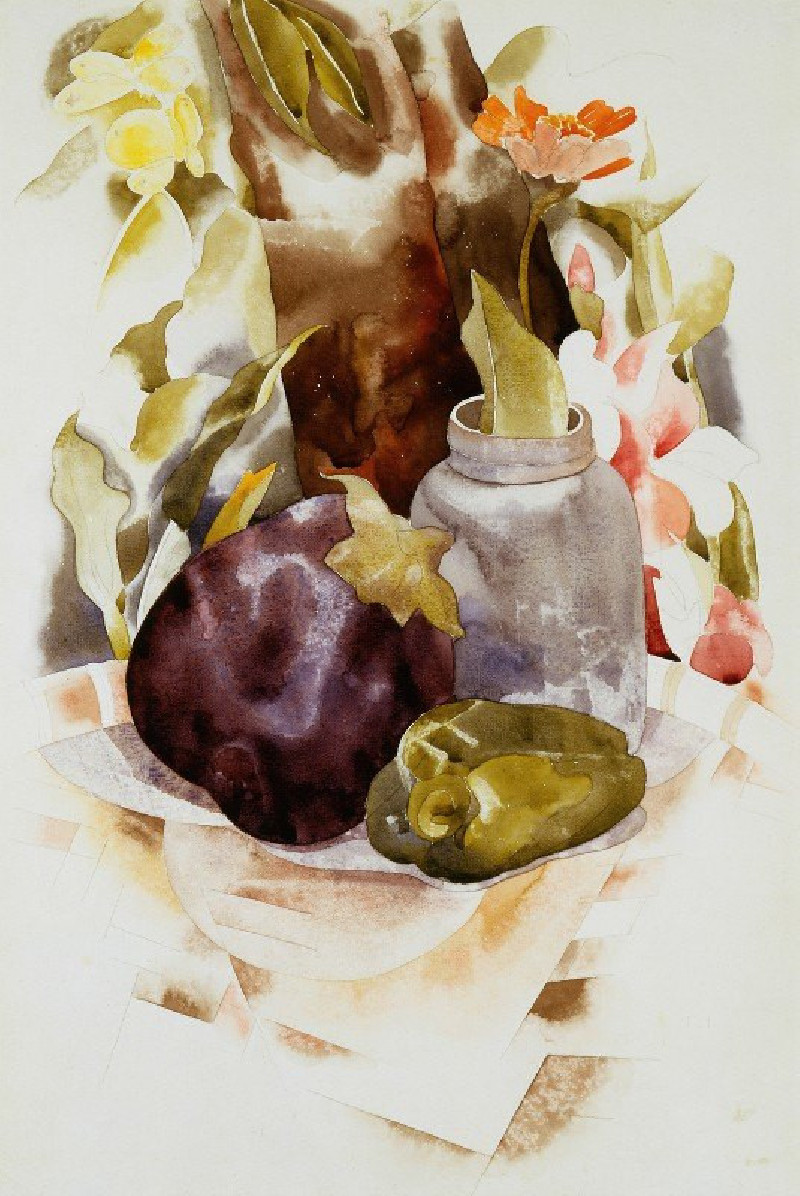
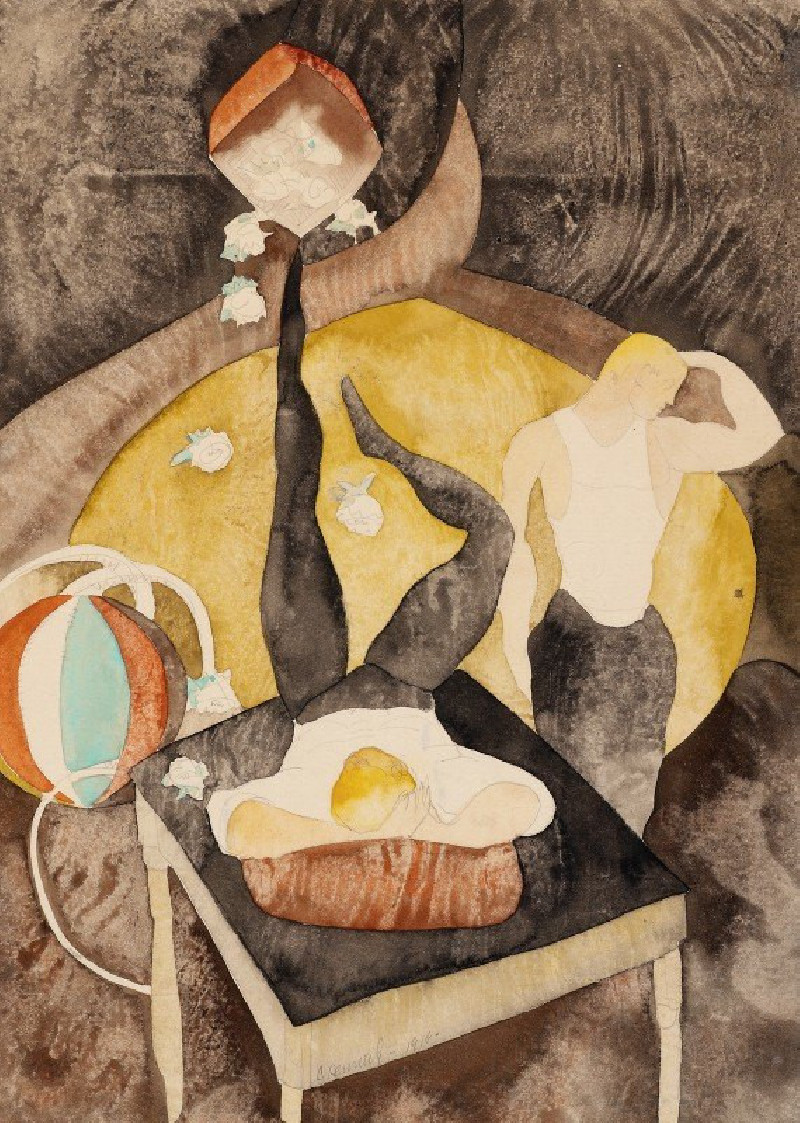
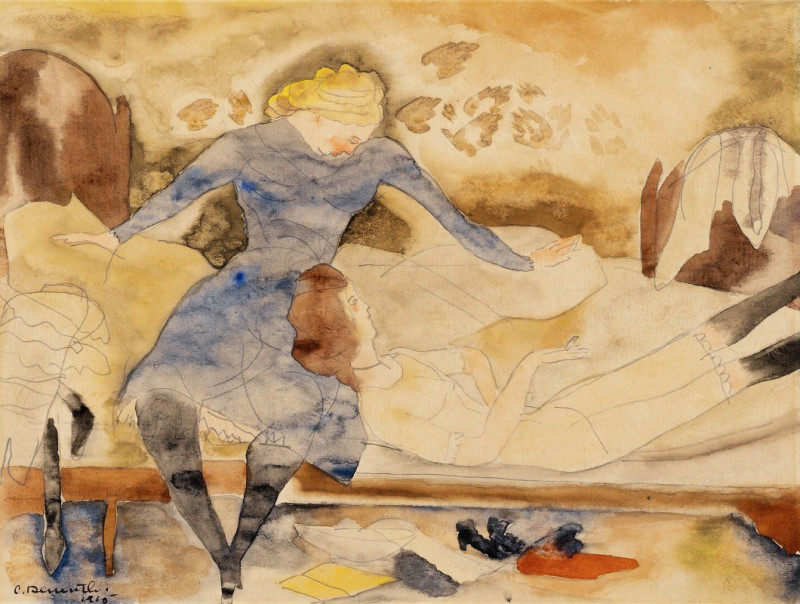


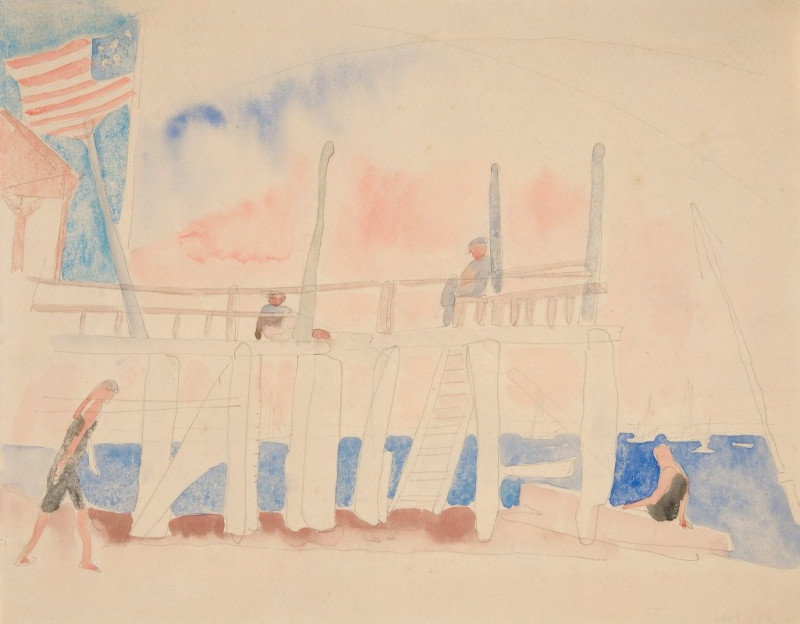






![Portrait of Augusta B. Demuth [the artist’s mother] (1986) reproduction of painting by Charles Demuth. ALL GICLEE PRINTS](https://reprodukcijos.lt/51969-large_default/reproduction-of-portrait-of-augusta-b-demuth-the-artists-mother-1986.jpg)
